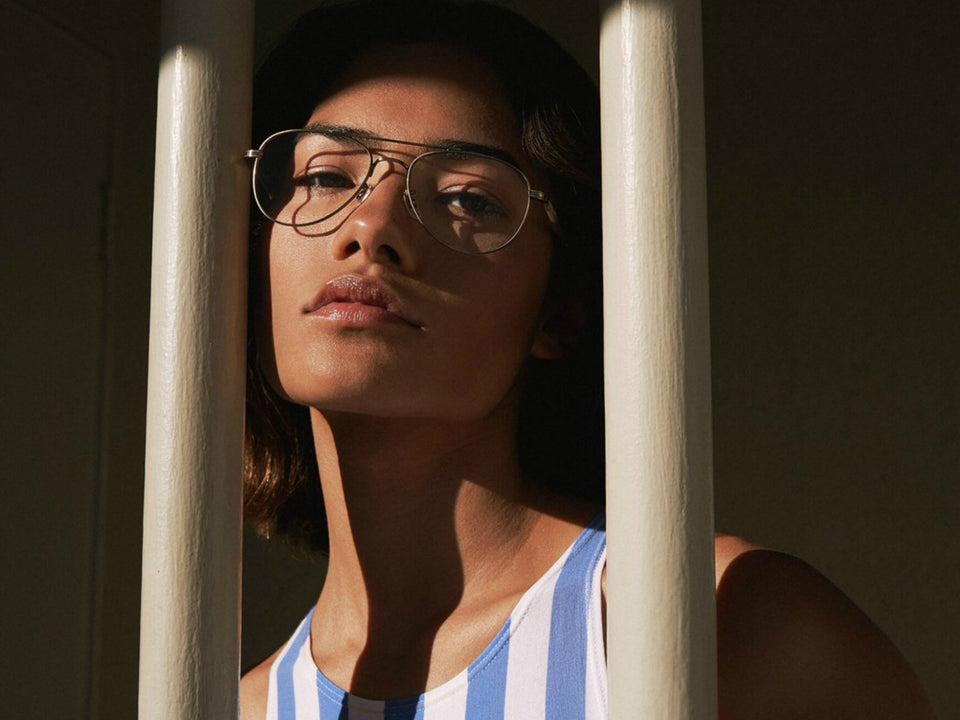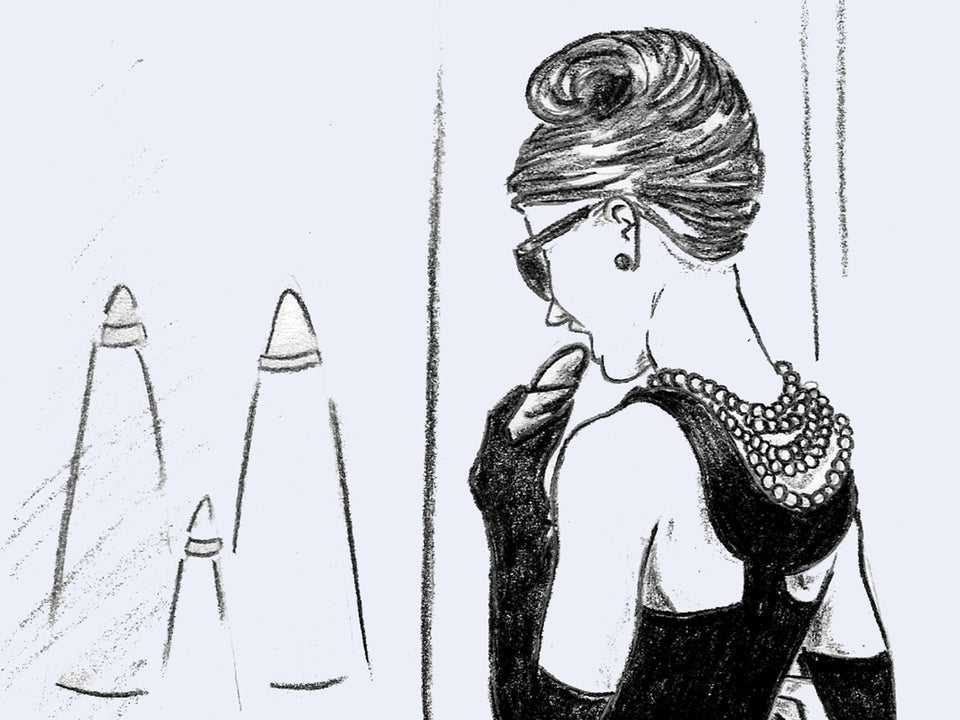If there was ever a bona fide outright classic-looking frame it would certainly be a pair of tortoiseshell glasses. Whether it’s on thick oversized acetates or as temple tip detailing on slighter wire frames, the organic mottled pattern has been stirring up a sense of antiquity and class in eyewear for as long as anyone’s grandad can remember. So how did the humble amniotes shell come to be associated with glasses? And does it have anything to do with actual tortoises?
"Romans decided tortoiseshell would make for good-looking inlaid veneers, and used it on the dining couches and tables of their famed four-day feasts."
Unfortunately for tortoises, yes it does. Their shells have been prized as decoration since way back in the ancient times. Those artistic ancient Greeks used whole shells as the body for stringed instruments - like the chelys and the lyre - not only because it helped them sound good but because they looked nice too.
A couple of centuries later, wealthy Romans decided tortoiseshell would make for good-looking inlaid veneers, and used it on the dining couches and tables of their famed four-day feasts. By the 1st century AD, in probably the first ever travel guide, The Periplus of the Erythraean Sea, the author goes as far as listing the best tortoise species for decoration, with the unlucky and still critically endangered Hawksbill topping the list.
Fast forward to France in the 18th century, and a carpenter called André Charles Boulle has been busy developing yet newer ways of using tortoiseshell. As the head cabinet maker to Louis XIV of France, he needed to inject some luxury into his furniture and perfected marquetry combining thin inlays of tortoiseshell backed with metal, a style that’s named after him today. This paved the way for smaller objects like snuff-boxes being decorated in piqué work, a technique that used precious metals to create detailing on wildly expensive tortoiseshell inlays.
By the start of the 1920s eyeglasses were becoming the newest must-have luxury item and tortoiseshell glasses were naturally all the rage. With film stars like Harold Lloyd and artist Norman Percevel Rockwell being amongst the first to rock glasses as a fashion accessory, the historically lavish tortoiseshell decor was seen as the perfect fit for newly desirable specs.
Right up until the late 70s, real tortoise shell was used on frames until, in 1973, the tortoise population could no longer take it. Thanks to an intervention from the Convention on International Trade in Endangered Species, the use of tortoiseshell was outlawed worldwide.
But, as you can probably guess, that wasn’t the end of the road for tortoiseshell eyewear. Oh no. The blotchy pattern continued to be desired into the 80s and, thanks to advances in plastic and acetate technology, it could now be produced without harming any cute, defenceless carapaced reptiles. Tortoiseshell styles, Havana and Bourbon emulated the real thing and more experimental colourways like Tokyo experimented with the pattern. Tortoiseshell was sticking around.
With today’s crop of designers, like Garrett Leight and Jacques Marie Mage, masterfully using tortoiseshell to evoke that same sense of luxury that the ancient Romans and Greeks did, it doesn’t look like the colourway is going anywhere fast. And rightfully so. It’s timelessly classy and singlehandedly proves the rule; while fashion moves quick, good style is slow and steady.









